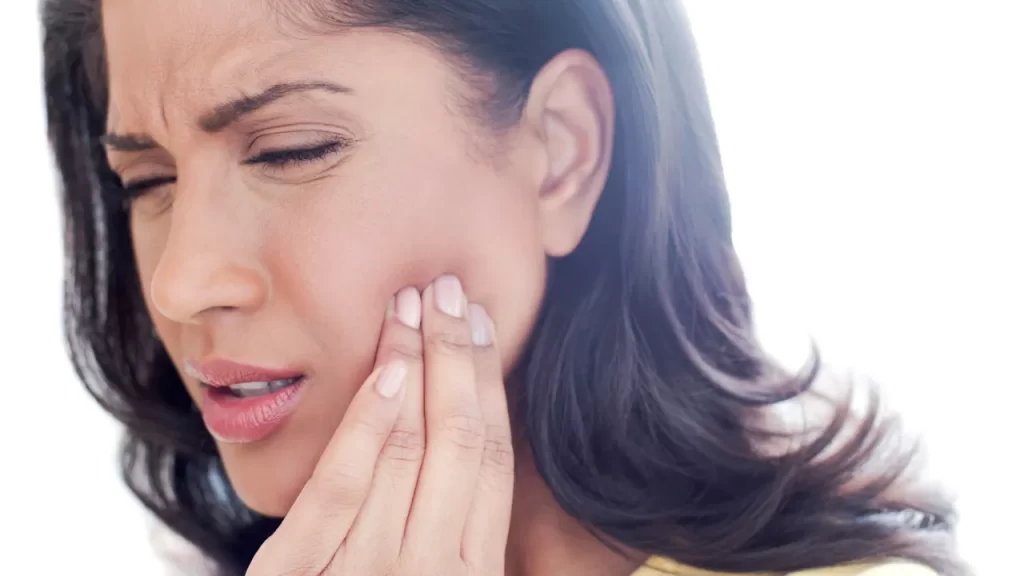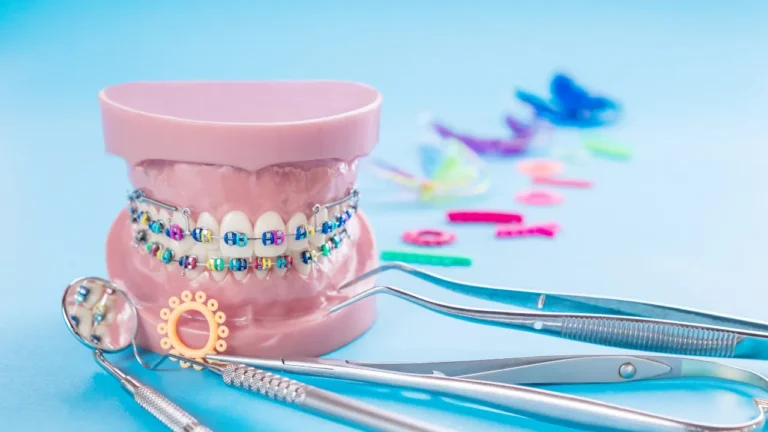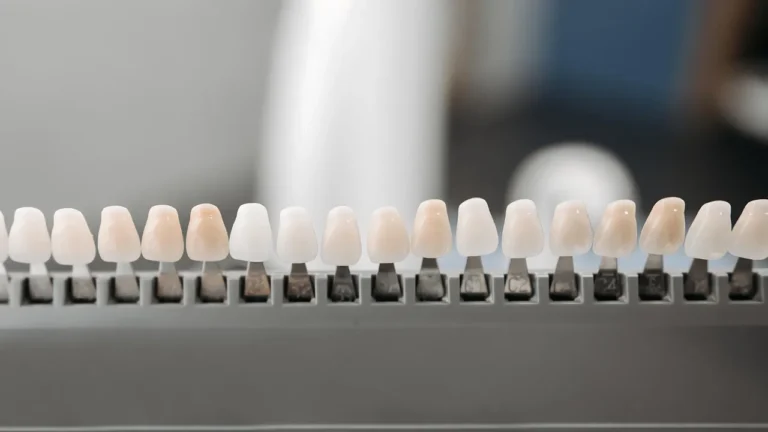Temporomandibular joint (TMJ) disorders are issues affecting the jaw joint and the muscles controlling jaw movement.
The TMJ is a hinge connecting your jaw to the temporal bones of your skull, allowing you to move your jaw up and down and side to side.
This flexibility is essential for activities like chewing, speaking, and yawning.
Common Symptoms of TMJ Disorders
TMJ disorders can cause a variety of uncomfortable symptoms. Here are some of the most common ones:
- Jaw pain or tenderness: This is often the most noticeable symptom, making it difficult to perform everyday activities.
- Difficulty chewing or discomfort while chewing: Eating can become a painful task.
- Clicking, popping, or grating sounds: These noises can occur when you open or close your mouth.
- Locking of the jaw joint: Sometimes the jaw can get stuck in an open or closed position.
- Headaches or earaches: Pain can radiate to the head or ears, often being mistaken for other conditions.
- Facial pain: Discomfort can extend to the cheeks and other areas of the face.
Potential Causes of TMJ Disorders
Several factors can contribute to the development of TMJ disorders:
- Jaw injury or trauma: Accidents or injuries to the jaw can lead to TMJ issues.
- Arthritis: Conditions like osteoarthritis or rheumatoid arthritis can affect the TMJ.
- Chronic teeth grinding or clenching (bruxism): This habit puts a lot of pressure on the jaw joint.
- Dislocation of the disc: The disc between the ball and socket of the joint can slip out of place.
- Stress: High stress levels can lead to muscle tension and jaw clenching, exacerbating TMJ symptoms.
Diagnosing TMJ Disorders
Diagnosing TMJ disorders involves a thorough examination by a dental professional. Here’s what you can expect:
- Clinical examination: Your dentist will check for pain or tenderness in your jaw and listen for any noises when you move it.
- Imaging tests: X-rays, MRI, or CT scans might be used to get a detailed look at the joint and surrounding tissues.
- Discussion of symptoms: Your dentist will ask about your symptoms and medical history to get a complete picture.
Treatment Options for TMJ Disorders
Treating TMJ disorders can involve several different approaches. Here are some common treatments:
Non-surgical treatments:
- Medication: Pain relievers, anti-inflammatories, and muscle relaxants can help manage symptoms.
- Physical therapy: Exercises and other therapies can strengthen and stretch jaw muscles.
- Oral splints or mouthguards: These devices can help reduce teeth grinding and jaw clenching.
- Lifestyle changes: Stress management techniques and dietary changes (avoiding hard foods) can make a big difference.
Surgical treatments:
- Arthrocentesis: This procedure involves flushing out the joint to reduce inflammation.
- Arthroscopy: A minimally invasive surgery where a small camera is inserted to diagnose and treat TMJ disorders.
- Open-joint surgery: In more severe cases, open surgery might be necessary to repair or replace the joint.
Preventive Measures and Tips
Preventing TMJ disorders involves taking good care of your jaw and overall health. Here are some tips:
- Maintain good posture: This can help reduce strain on your jaw.
- Use protective gear: If you play sports, wear a mouthguard to protect your jaw.
- Practice stress reduction techniques: Activities like yoga or meditation can help lower stress levels.
- Regular dental check-ups: Seeing your dentist regularly can help catch problems early.
References
- South African Dental Association
- National Institute of Dental and Craniofacial Research
- WebMD on TMJ Disorders
- University of Pretoria’s Faculty of Health Sciences









